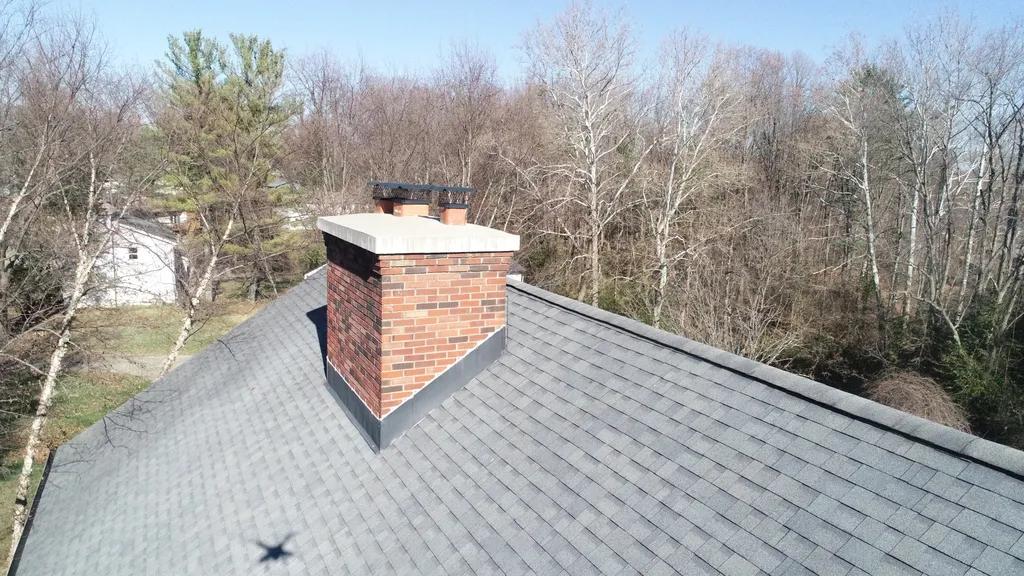Ohio is known for its historic homes and buildings, many of which feature beautiful brick facades. However, over time, these structures can develop cracks in their brickwork. Understanding the causes and implications of these brick cracks is vital for homeowners and property managers in Ohio. In this article, we will explore the common reasons behind brick cracks in Ohio and provide insights on how to address them effectively. By gaining a deeper understanding of this issue, you can better protect and preserve the integrity of your property’s brickwork.
Table of Contents
- Common Causes of Brick Cracks in Ohio Homes
- Impact of Weather Conditions on Brick Cracking
- Identifying Structural Issues Causing Brick Cracks
- Effective Repair and Prevention Techniques for Ohio Homeowners
- Q&A
- Wrapping Up

Common Causes of Brick Cracks in Ohio Homes
Brick cracks are a common issue in Ohio homes, often caused by a variety of factors. Understanding the root causes of these cracks is essential for proper maintenance and prevention. Here are some of the common reasons why brick cracks may occur in Ohio:
**Soil Settlement:** The soil composition in Ohio, particularly in areas with clay-heavy soil, can lead to settlement issues. As the soil expands and contracts with changes in moisture levels, it can put pressure on the foundation of the home, causing bricks to crack.

Impact of Weather Conditions on Brick Cracking
Brick cracking is a common issue that many Ohio homeowners face, especially during extreme weather conditions. The impact of weather on brick cracking can be significant, leading to structural damage and decreased aesthetic appeal of buildings. Understanding how different weather conditions affect brick cracking is essential for preventing and addressing this issue effectively.
One of the main weather conditions that contribute to brick cracking in Ohio is temperature fluctuations. **Freezing and thawing cycles** can cause bricks to expand and contract, leading to stress on the mortar joints and ultimately resulting in cracks. Additionally, **excessive moisture** from rain or snow can penetrate the bricks and weaken their integrity, making them more prone to cracking. It is important for homeowners to take preventive measures such as **proper drainage systems** and **regular inspections** to minimize the .

Identifying Structural Issues Causing Brick Cracks
Common structural issues causing brick cracks in Ohio homes:
1. Foundation Settlement: Uneven settling of the foundation can cause stress on the bricks, leading to cracks.
2. Poor Soil Compaction: If the soil beneath the foundation was not properly compacted, it can shift over time and cause the bricks to crack.
3. Water Damage: Water infiltration can weaken the structure of the bricks, making them more susceptible to cracking.
Identifying and addressing these structural issues is crucial to preventing further damage to your brick home.

Effective Repair and Prevention Techniques for Ohio Homeowners
In Ohio, many homeowners may encounter issues with brick cracks on their properties. Understanding the causes and potential solutions for brick cracks is crucial for maintaining the structural integrity and aesthetics of your home. One common cause of brick cracks in Ohio is freeze-thaw cycles, where water seeps into the bricks, freezes, and expands, causing cracks to form. Additionally, settlement or shifting of the foundation can also lead to brick cracks.
When addressing brick cracks, it is essential to consult with a professional mason to assess the damage and determine the best course of action. Some effective repair and prevention techniques for brick cracks in Ohio include:
- Repointing: Removing deteriorated mortar and replacing it with new mortar to strengthen the brick structure.
- Waterproofing: Applying a waterproof sealant to prevent water infiltration and protect the bricks from damage.
- Foundation repair: Addressing any underlying issues with the foundation to prevent further brick cracks.
Q&A
Q: What are the common causes of brick cracks in Ohio?
A: Common causes of brick cracks in Ohio include freeze-thaw cycles, poor installation techniques, settling of the foundation, and damage from tree roots.
Q: How can freeze-thaw cycles contribute to brick cracks?
A: Freeze-thaw cycles occur when water seeps into the porous surface of bricks, then freezes and expands. This expansion can cause the bricks to crack over time.
Q: What are some signs that my bricks may be affected by cracks?
A: Signs that your bricks may be affected by cracks include visible cracks in the mortar or bricks, uneven or bulging walls, and water damage on interior walls.
Q: How can I prevent brick cracks from occurring?
A: To prevent brick cracks, it’s important to have proper drainage systems in place, use high-quality materials during installation, and address any foundation issues promptly.
Q: What can I do if I notice cracks in my bricks?
A: If you notice cracks in your bricks, it’s best to contact a professional mason to evaluate the extent of the damage and recommend the appropriate repairs. Ignoring cracks can lead to further structural issues down the line.
Wrapping Up
In conclusion, understanding the various types of brick cracks that can occur in Ohio is essential for maintaining the structural integrity and aesthetic appeal of your property. By identifying the root cause of the cracks and addressing them promptly with the help of a professional, you can prevent further damage and ensure the longevity of your brickwork. Remember to regularly inspect your property for any signs of cracking and take action as needed to protect your investment. Thank you for reading and we hope this article has provided valuable insights into dealing with brick cracks in Ohio.


